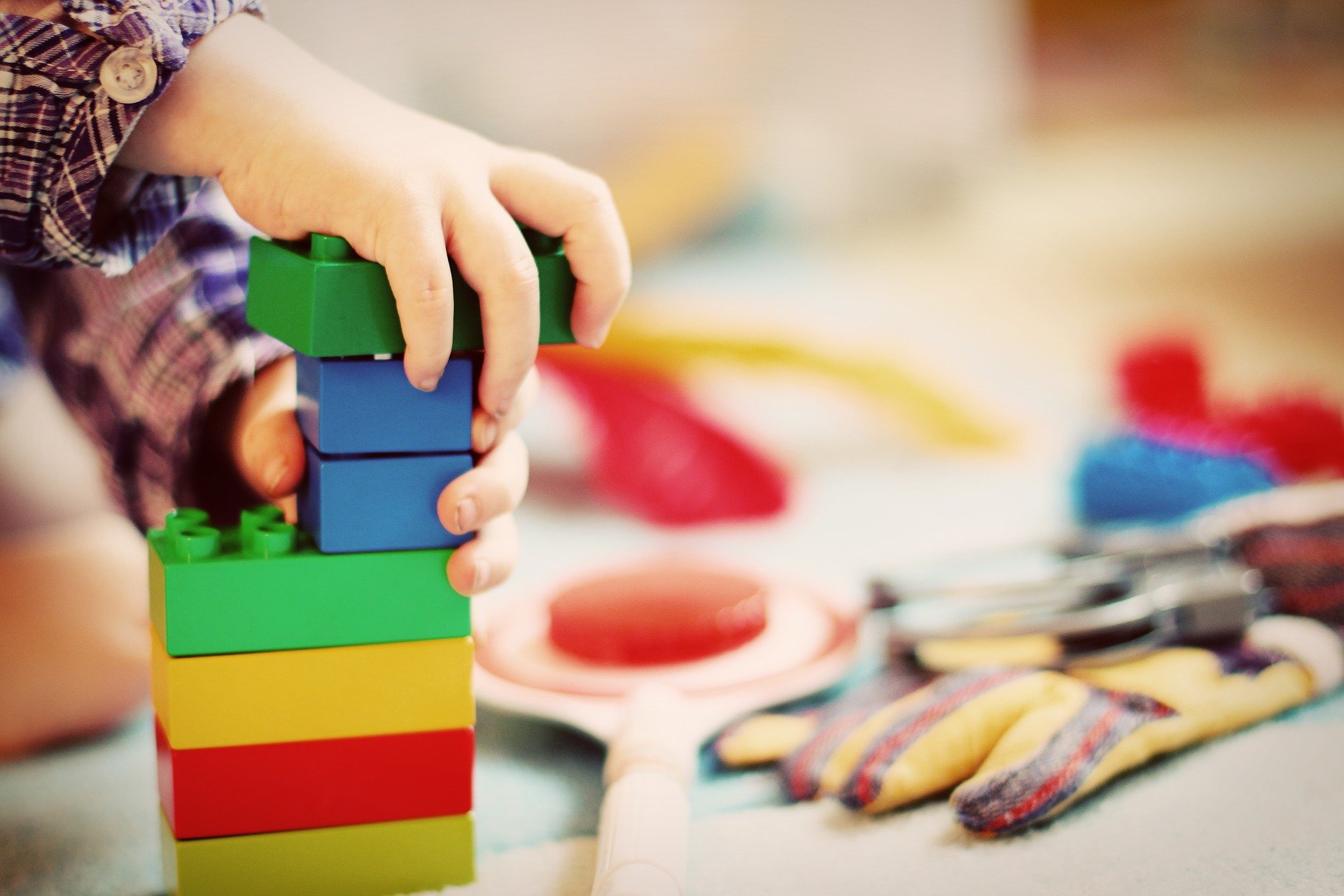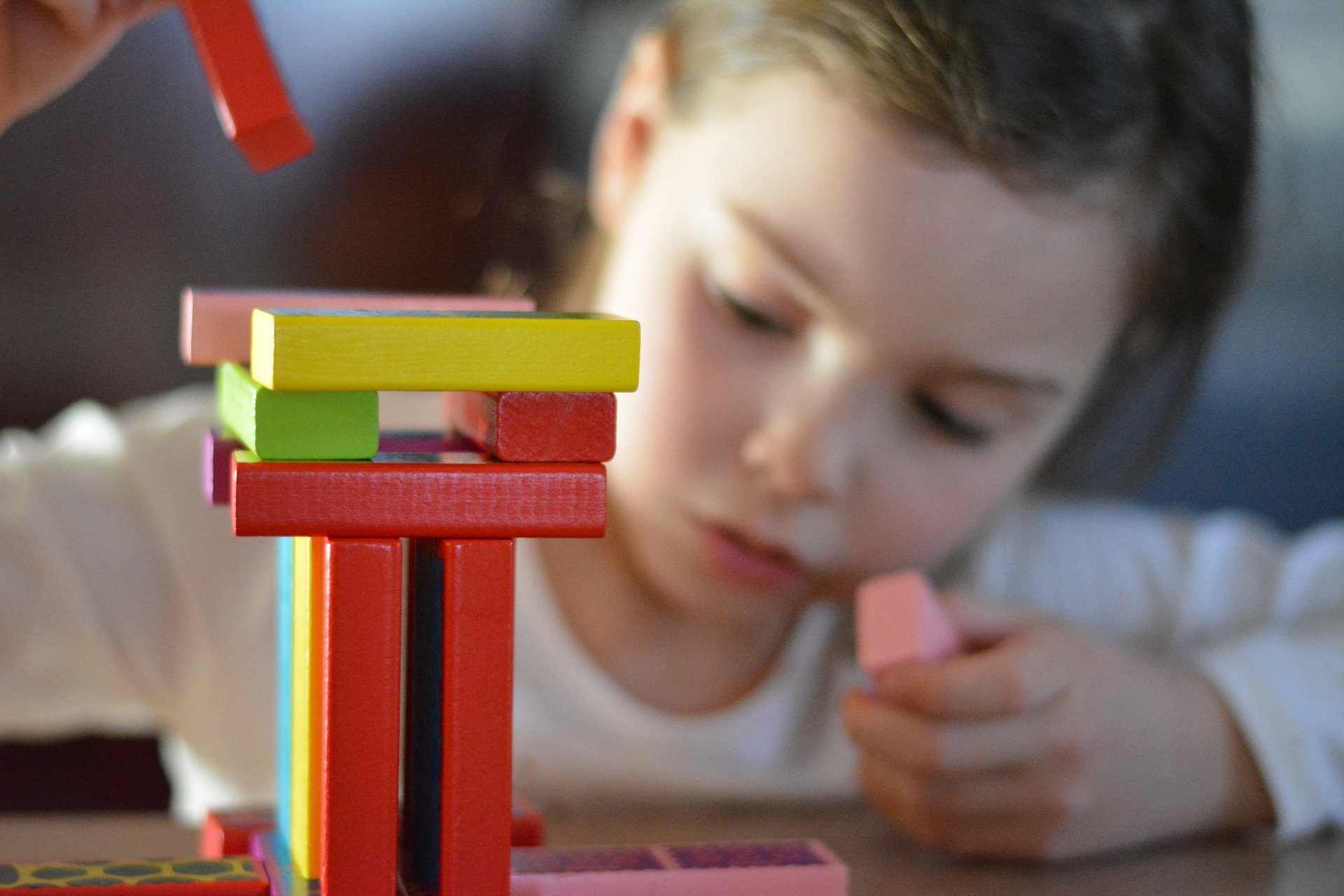STEM Toys seem like the perfect alternative to going to school. But do they actually help?
After a difficult year which has caused disruption to traditional education, many parents have started looking for other ways to help their children learn at home.
The short answer is yes, studies prove that these STEM toys can really teach science, technology, engineering and math concepts and ideas. But you can’t just focus on these fancy labels to decide what is best for your child.
The real problem lies in the minimum requirements to class a toy as “STEM”: zero. There is no minimum requirement for toys to use the label, which means even non-educational toys can class themselves as STEM.
Instead, according to experts, you should look for toys which encourage problem-solving and open-ended active play. There are plenty of proven winners such as tinkertoys, board games, building blocks and decks of cards.
“If I had a huge amount of money, I would donate it to getting a nice classic set of hardwood blocks for every child on Earth,” Jeffrey Trawick-Smith said. Trawick-Smith is a professor emeritus at the Center for Early Childhood play at Eastern Connecticut University.

“The things we’ve seen children do – they use language, they do pretend play. [Blocks] are just magical toys.”
Childhood Classics
A large part of Trawick-Smith’s work is research showing how creative, open-ended play can help with STEM concepts. For example, preschools use complicated building blocks to determine a child’s mathematical abilities and to measure their improvement.
Puzzles, blocks and shaped toys all increase spatial skills, according to a 2014 article published by Trends in Neuroscience and Education. These spatial skills are also associated with math learning, which suggests that playing with shapes can act as an entryway towards more complex math concepts.
There are five characteristics in particular that make the perfect kid’s educational toy, experts say. The toy needs to be active, rather than passive like viewing something on a screen. The toy should be engaging, which encourages the child to concentrate rather than being distracted by outside factors or the bells and whistles of fancier toys.
The toy should be meaningful, which lets the child take control and agency overplay. The toy should try to make the child more social and encourage or allow others to join in. And finally, the most important aspect for a child is it needs to be fun.
Playing Games
A useful tool that adults can take advantage of while playing with their kids is “math talk”, Trawick-Smith says.
This is talk that encourages children to think deeper about math.

An example of this is when you teach a preschooler about shapes, you will find that kids understand quicker when the parent points out all of the features of the shape such as the number of corners, sides and curves instead of just labelling the toy a circle or rectangle, he said.
Card games and board games also tend to provide great opportunities for math talk. A great example of this is if a parent asks their child what number they need to roll in order to reach the end of the board. Another example is asking a child how many spaces are between their own game piece and another player’s game piece.
In the card game “War”, kids are given two numbers and need to find out which is higher. The parents can use this opportunity to encourage mathematical thinking and ask their child which one is bigger.
“These are less about naming numbers, rote memory counting and naming shapes, and more about really actually thinking about mathematical concepts,” Trawick-Smith said.
Batteries included
Educational experts are split on the benefits that screens and technology bring to a child’s education. But if you are to go this route, the same rules apply as before; active, engaging, meaningful, social and fun.
There is a large number of tech toys and apps which can allow open-ended and creative play, such as coding robots like Fisher-Price’s Code-a-Pillar where a child rearranges different pieces of a caterpillar.
Another option is Terrapin’s Bee-Bot which is the perfect start to programming for kids, in which you press buttons on a robotic bee to direct its movement.
Regardless if you choose tech toys and or traditional toys, the goal is to let your children have fun while learning.
This will not only give your child a great kickstart to their education, but they will also find studying and learning easier in the future.



































